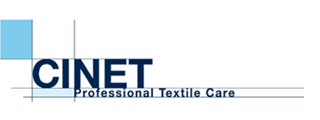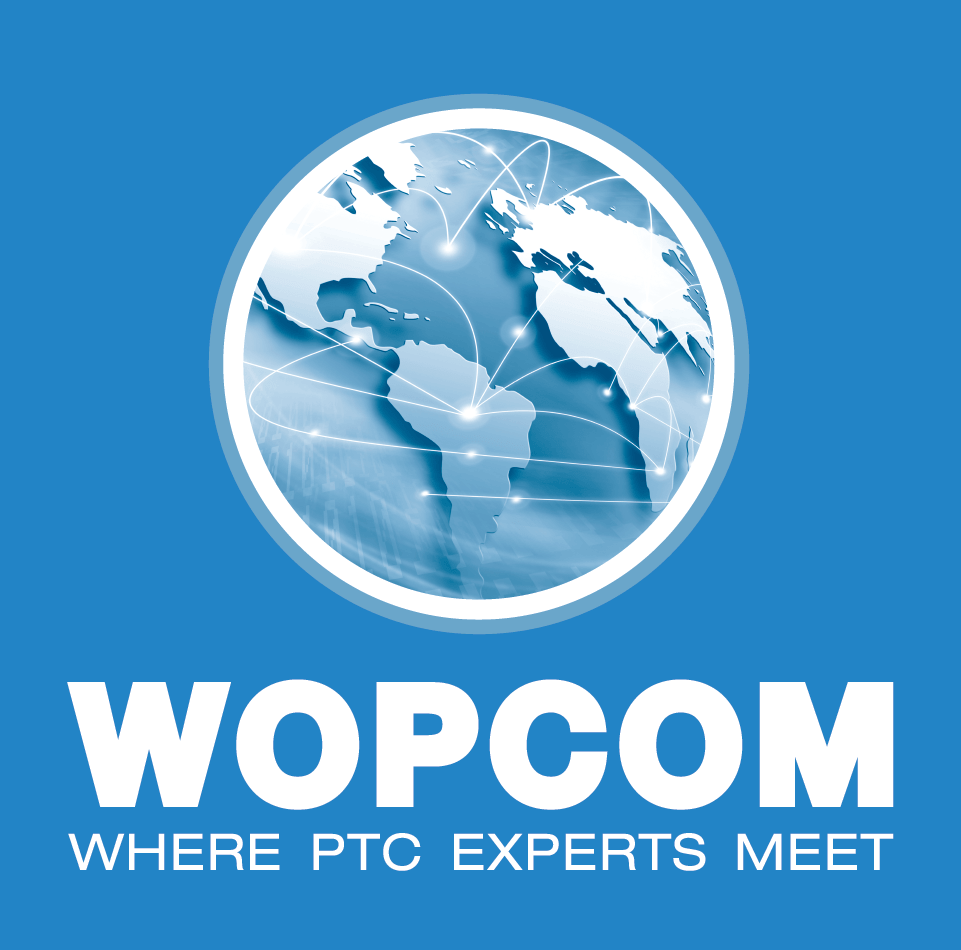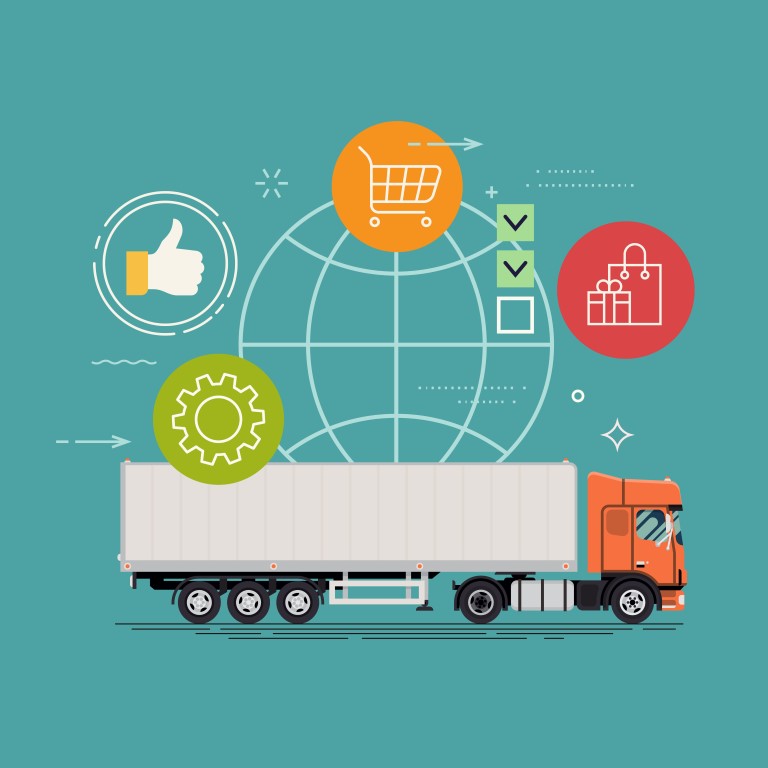(TC) Technical
Synthetic fibers as microplastics in the marine environment: A review from textile perspective with a focus on domestic washings
Flavia Salvador Cesa a,*, Alexander Turra b, Julia Baruque-Ramos a a University of São Paulo, School of Arts, Sciences and Humanities, Av. Arlindo Bettio, 1000, 03828-000 São Paulo, SP, Brazil b University of São Paulo, Oceanographic Institute, Praca do Oceanográfico, 191, 05508-120 São Paulo, SP, Brazil H I G H L I G H…
Read MoreMicrofiber release from clothes after washing: Hard facts, figures and promising solutions
Position Paper, May 2017 MERMAIDS Consortium Plastic Soup Foundation Consiglio Nazionale delle Ricerche (IPCB and ISMAC) Polysistec Leitat Technological Center Ocean Clean Wash Introduction The American Captain Charles Moore made a shocking discovery in 1997 when sailing the Pacific Ocean. In the middle of the ocean, thousands of miles away from civilization, he found plastic…
Read MoreQuantifying microplastic pollution on sandy beaches: the conundrum of large sample variability and spatial heterogeneity
Mara Fisner1 & Alessandra P. Majer1,2 & Danilo Balthazar-Silva1,3 & Daniel Gorman1 & Alexander Turra1 Received: 21 September 2016 / Accepted: 20 March 2017 © Springer-Verlag Berlin Heidelberg 2017 Abstract Despite the environmental risks posed by microplastic pollution, there are presently few standardized protocols for monitoring these materials within marine and coastal habitats. We provide a…
Read MoreSustainable cleaning with soil release polymers
Abstract Effective, efficient and more environmentally-compatible cleaning of synthetic fabrics is more important now than ever before. This article explores some of the benefits offered by the newest generation of soil release polymers for polyester-containing garments and their potential role in making laundry detergents and the laundering process more sustainable. KEYWORDS: Soil release polymer, soil…
Read MoreWater and Energy Consumption in Domestic Laundering Worldwide – A Review
Water and Energy Consumption in Domestic Laundering Worldwide – A Review Henk Gooijer1 and Rainer Stamminger2 1 TKT, Ophemert, the Netherlands 2 Universität Bonn, Institut fur Landtechnik, Household and Appliance Technology Section, Bonn, Germany A literature review was executed to collect data on the resource consumption connected to domestic laundering processes. Data from literature on…
Read More‘LOGISTICS & OPERATIONAL MANAGEMENT ANNO 2015 AND BEYOND…’
Index Introduction: transition in logistics and operational management The Roadmap 2030 – here’s the story Mass customisation: about customisation Supply chain: changing positions Technology: tangible applications for textile service Urban distribution: innovation in logistical concepts Green Deal SIX: electrical distribution Conclusion 1. Introduction: transition in logistics and operational management Textile service is changing…
Read MoreWhat do we learn from consumer behaviour studies on laundry washing in Europe
Abstract Laundry washing in affected by changes of the washing machines, the detergent and the garments continuous. The question arises how such trends affect the consumer behaviour regarding laundry washing. The semi-representative EU online survey was conducted between April and May 2015. The aim of the survey was to assess the washing behaviour of over…
Read MorePlastic microfibre ingestion by deep-sea organisms
M. L. Taylor[1], C. Gwinnett2, L. F. Robinson3 & L. C. Woodall1,4 1Department of Zoology, University of Oxford, Tinbergen Building, South Parks Road, Oxford OX1 3PS, UK. 2Department of Forensic and Crime Science, Staffordshire University, Stoke-On-Trent ST4 2DF, UK. 3School of Earth Sciences, University of Bristol, Bristol, BS8 1RJ, UK. 4Department of Life Sciences,…
Read MoreMicrofiber Masses Recovered from Conventional Machine Washing of New or Aged Garments
Niko L. Hartline, Nicholas J. Bruce, Stephanie N. Karba, Elizabeth O. Ruff, Shreya U. Sonar, and Patricia A. Holden* Bren School of Environmental Science and Management, University of California, Santa Barbara, California 93106, United States ABSTRACT Synthetic textiles can shed numerous microfibers during conventional washing, but evaluating environmental consequences as well as source-control strategies…
Read More


